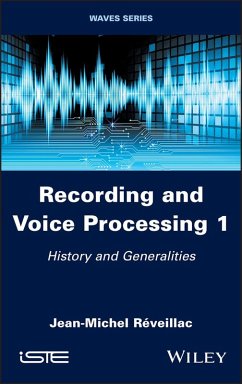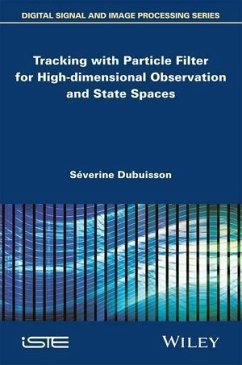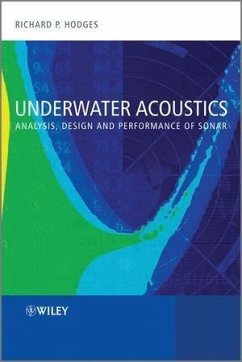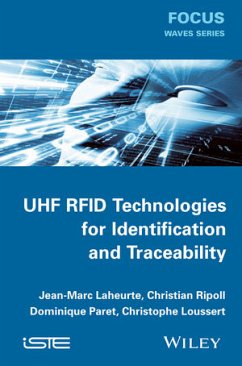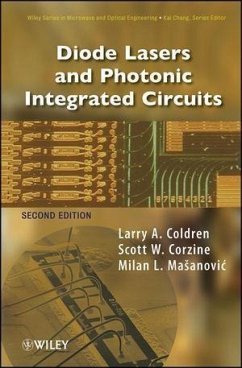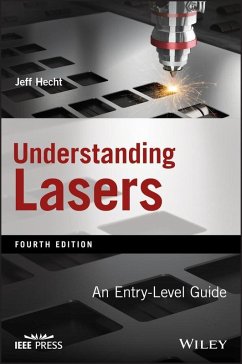
Acoustic Particle Velocity Measurements Using Lasers (eBook, ePUB)
Principles, Signal Processing and Applications
Versandkostenfrei!
Sofort per Download lieferbar
139,99 €
inkl. MwSt.
Weitere Ausgaben:

PAYBACK Punkte
0 °P sammeln!
This book concerns the presentation of particle velocity measurement for acoustics using lasers, including Laser Doppler Velocimetry (LDV or Anemometry (LDA)) and Particle Imagery Velocimetry (PIV).The objective is first to present the importance of measuring the acoustic velocity, especially when the acoustic equations are nonlinear as well as characterizing the near fields. However, these applications need to use non-invasive sensors. Some optical techniques, initially developed for fluid mechanics, have been adapted to the field of acoustics in recent years. This book summarizes 15 years of...
This book concerns the presentation of particle velocity measurement for acoustics using lasers, including Laser Doppler Velocimetry (LDV or Anemometry (LDA)) and Particle Imagery Velocimetry (PIV).The objective is first to present the importance of measuring the acoustic velocity, especially when the acoustic equations are nonlinear as well as characterizing the near fields. However, these applications need to use non-invasive sensors. Some optical techniques, initially developed for fluid mechanics, have been adapted to the field of acoustics in recent years. This book summarizes 15 years of research in this area, highlighting the improvements that have been made, particularly in signal processing, and showing applications for which they have proven to be a carrier of innovation.
Dieser Download kann aus rechtlichen Gründen nur mit Rechnungsadresse in A, B, BG, CY, CZ, D, DK, EW, E, FIN, F, GR, HR, H, IRL, I, LT, L, LR, M, NL, PL, P, R, S, SLO, SK ausgeliefert werden.





